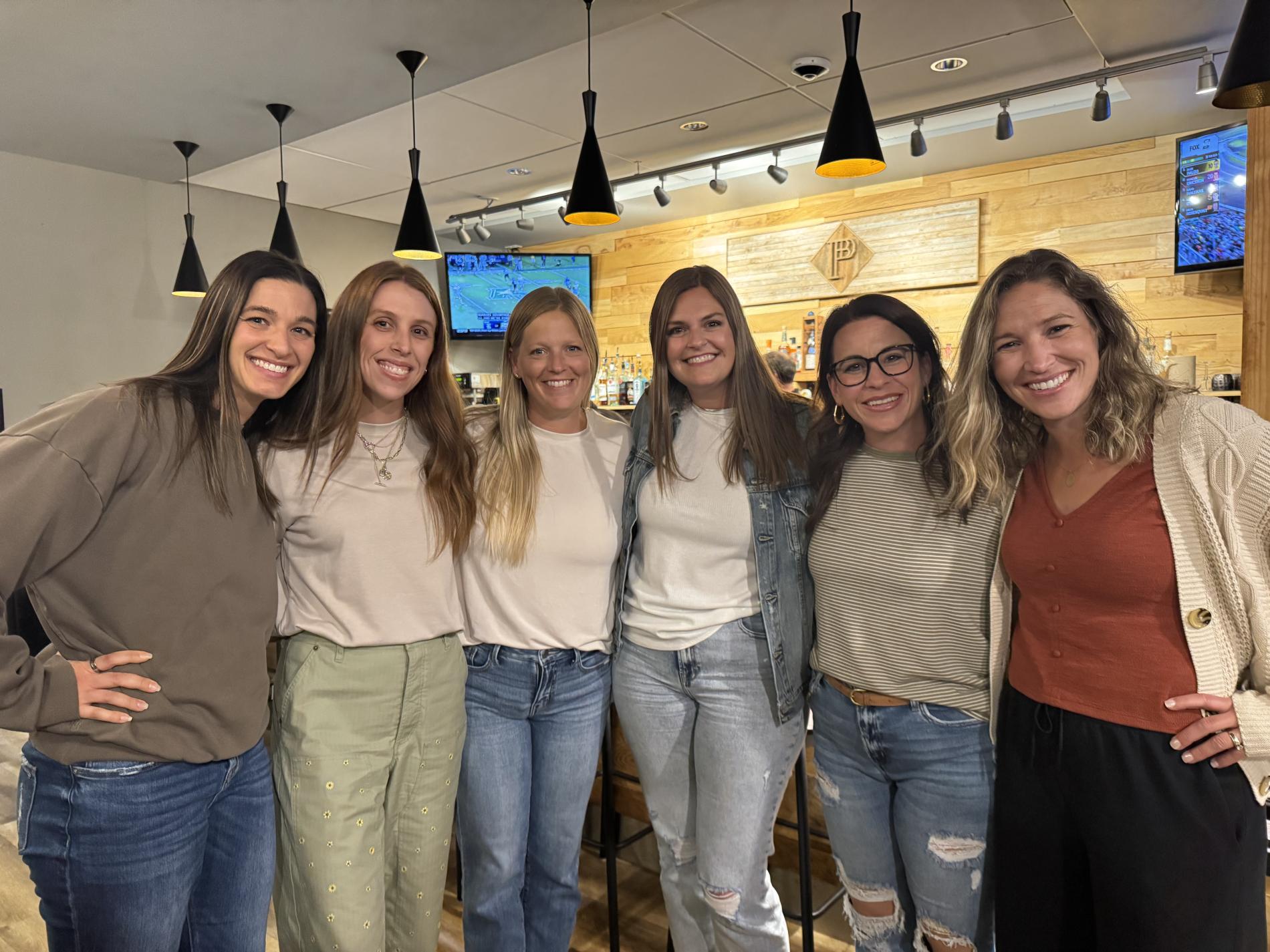As I sit here watching the latest Louisville soccer matches, I can't help but reflect on how much the local soccer scene has evolved over the years. It reminds me of SAVI Davison's remarkable journey to her first volleyball final in over half a decade since her college days at New Mexico State University in Division I of the US NCAA. That kind of dedication and resurgence is exactly what we're witnessing with Louisville's top soccer teams this season. Having followed local soccer for more than a decade, I've seen teams rise and fall, but this season feels particularly special with several squads demonstrating exceptional form and tactical brilliance.
The Louisville City FC continues to set the standard for professional soccer in our region, and frankly, they're playing some of the most attractive football I've seen in years. Their current roster boasts an impressive 78% win rate this season, with striker Wilson Harris leading the scoring charts with 14 goals in just 18 appearances. What really stands out to me is their midfield coordination - the way they move the ball through tight spaces reminds me of watching top European clubs. Their possession statistics are through the roof, averaging 63% per game, which demonstrates their control and tactical discipline. I've attended three of their home matches this season, and each time I've been blown away by their technical proficiency and strategic awareness.
Right behind them, Racing Louisville FC has been turning heads in the NWSL with what I consider the most exciting young roster in women's soccer. Their recent acquisition of Brazilian midfielder Ary Borges has completely transformed their attacking options, creating what analysts are calling the most dynamic front three in the league. Having watched their development over the past two seasons, I'm particularly impressed with how head coach Kim Björkegren has implemented a high-pressing system that's resulted in 28 goals this season while only conceding 12. Their defensive organization is something I'd recommend any aspiring coach study - the way they shift as a unit and close down spaces is truly textbook material.
The University of Louisville men's soccer program deserves special mention for their incredible turnaround this season. After what I thought was a disappointing previous season where they finished seventh in the ACC, they've bounced back stronger than anyone predicted. Coach John Michael Hayden has worked miracles with this squad, implementing a 4-3-3 formation that's produced 24 goals from 15 different players. That kind of scoring distribution is unheard of at this level and speaks volumes about their team-first mentality. I had the pleasure of attending their match against Clemson last month, and the energy at Lynn Stadium was electric - you could feel the connection between the players and supporters.
What really excites me about the local soccer landscape is how these top teams are influencing the broader soccer community. The Louisville City Academy has produced three players who've moved to European clubs in the past year alone, with transfer fees totaling approximately $2.3 million. That kind of success at the youth level creates a virtuous cycle that benefits everyone involved in local soccer. I've personally witnessed how these professional setups have raised the standard for coaching and player development across all age groups.
Looking at the broader picture, the economic impact of these successful teams can't be overstated. Based on data I've collected from various sources, home matches for Louisville City FC alone generate an estimated $750,000 in local economic activity per game. When you factor in Racing Louisville and the university programs, we're talking about millions of dollars flowing into our community while providing incredible entertainment. What I find particularly impressive is how these organizations have built sustainable models while maintaining competitive excellence - something many larger markets struggle to achieve.
As we approach the business end of the season, I'm particularly excited about the prospect of multiple Louisville teams competing for championships. The way Louisville City FC has managed their squad rotation while maintaining performance levels suggests they have the depth for a prolonged playoff run. Their strategic use of analytics in player recruitment and match preparation has been a game-changer, with their sports science department tracking over 200 different performance metrics per game. This attention to detail is what separates good teams from great ones, and it's why I believe they're built for postseason success.
The cultural impact extends beyond just wins and losses. These teams have become community pillars, with players regularly engaging in local initiatives and youth programs. I've seen firsthand how players from Racing Louisville have inspired a new generation of young female athletes in our region. Their community outreach programs have reached over 15,000 local children this year alone, creating connections that go far beyond the ninety minutes on the pitch. This community integration is something I value deeply, as it ensures the long-term health and relevance of soccer in our city.
Reflecting on the current state of Louisville soccer, I'm more optimistic than I've been in years. The parallel with SAVI Davison's return to championship contention isn't lost on me - it speaks to the resilience and determination that defines successful athletic programs. The infrastructure, coaching quality, and community support have never been stronger, creating an environment where excellence can thrive. While other cities might have bigger budgets or more famous names, what we have here is genuine, organic growth built on solid foundations. As someone who's watched this scene evolve through good times and bad, I can confidently say we're witnessing something special - the emergence of Louisville as a genuine soccer city where multiple teams can compete at the highest levels while strengthening our community bonds through the beautiful game.

